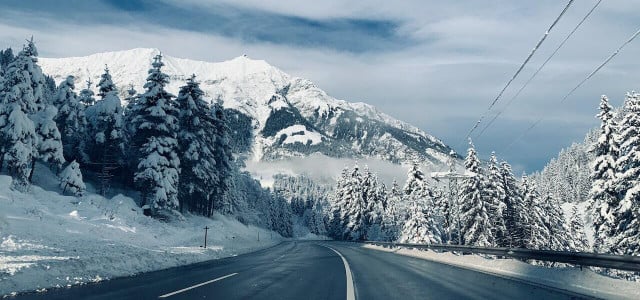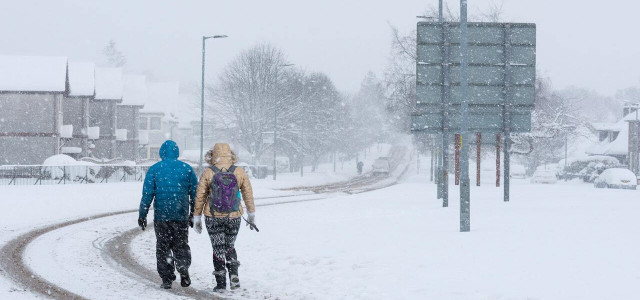Invisible and dangerous, black ice can cause vehicles to slip and slide, leading to accidents. We’ll discuss what black ice is and what to do if you encounter it when driving.
Winter provides the perfect breeding grounds for black ice, with 24% of weather-related vehicle accidents happening on icy or snowy surfaces. In fact, according to the U.S. Department of Transportation, over 116,000 people have been hurt in accidents annually due to icy or snowy conditions.
So, what is black ice? Different from regular ice, it is very thin and difficult to see, especially when driving — this is what makes it so dangerous. It gets its namesake due to the fact that it is almost invisible, making it look just like the black asphalt underneath. Black ice is extremely difficult to see at night, but during the day it looks a little like shining pieces of glitter on the ground.
We’ll take a closer look at how black ice is formed and what action to take if you find yourself driving on black ice. Let’s go.
What is Black Ice and How Does it Form?
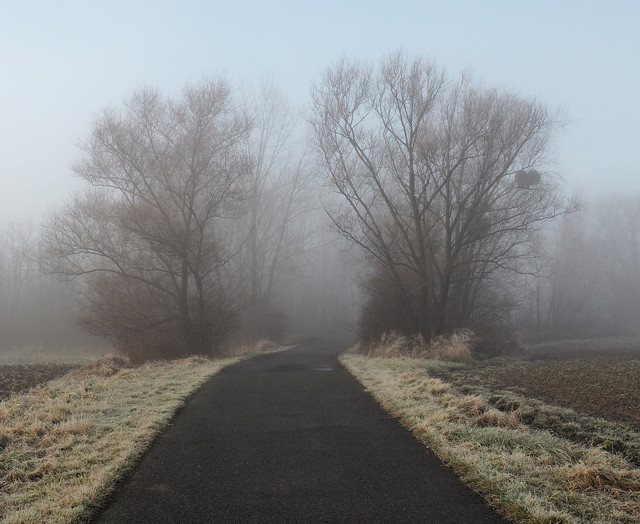


(Foto: CC0 / Pixabay / josefko48)
Black ice is formed when water on pavements and roads freezes at low temperatures (water freezes at 32 degrees Fahrenheit), or when the ice on these surfaces melts and then refreezes. Due to frequent wet and rainy conditions in the winter, paved surfaces are often damp, making them perfect breeding grounds for black ice.
It is also common for black ice to form on bridges and overpasses which have cold air flowing underneath them, further lowering their temperature. Sometimes black ice occurs at the base of trees which are very shady and cool, so care should be taken when hiking in wintery conditions. The optimum times for black ice to form are between dawn and dusk when the outside temperature is at its lowest.
Why is Black Ice Dangerous?
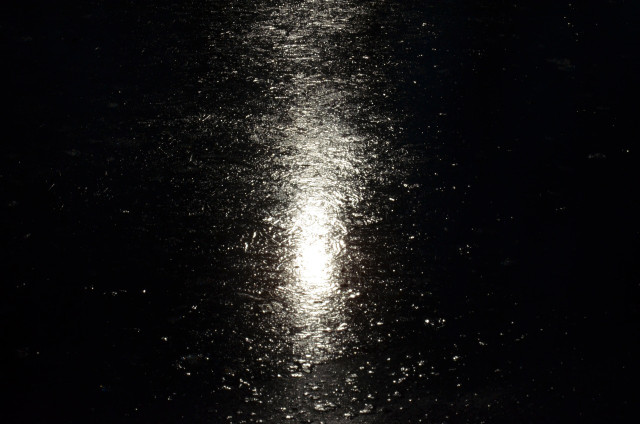


(Foto: CC0 / Pixabay / curanderita)
Black ice is different from regular ice that forms on the street, in that it is thin and is not as visible as regular ice which forms in sheets that are white looking with a smooth surface. Black ice can sometimes twinkle like glitter when looked at very closely in the correct light.
Black ice blends into the surface of sidewalks and roads making it difficult to see, which is why it is so dangerous. This is particularly true for drivers, who may not be able to see the black ice that they’re approaching — often only realizing they’ve hit black ice when the sound of their vehicle moving changes or they start to skid.
However, driving through black ice is a reality of living in wintry conditions. A survey carried out by the Zebra in 2021 revealed that 75.8% of respondents had driven through black ice. It is imperative for drivers to know how to react if they find their vehicle slipping or skidding on black ice, read on to find out what to do if you encounter black ice when driving.
What to Do If You Encounter Black Ice
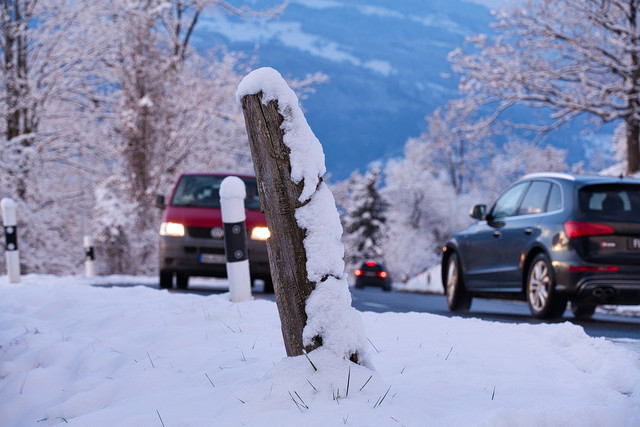


(Foto: CC0 / Pixabay / Juncala)
Drivers find it difficult to see black ice due to its transparent nature and the distance the driver sits from the surface of the road. All drivers are at risk of encountering black ice at some point in their lives, so it is important to be prepared, should the situation arise. Follow these tips on what to do if you encounter black ice when driving.
- Lay off the gas: Increasing speed will only reduce the driver’s control of the vehicle. Therefore, if you encounter black ice, gently ease off the gas and allow the speed of the car to decrease.
- Don’t hit the brakes: Braking strongly can cause the vehicle to spin, increasing the risk of having an accident. If you have ABS brakes you can gently apply firm pressure to the brake pedal, if not, gently pump the brakes as you skid.
- Steer into the skid: If you find yourself sliding across the ice, try to steer in the direction of the skid, this will help to steer the car back on track. Keep the steering wheel straight.
- Drive slowly and keep your distance: Allow extra space between the vehicle in front in icy conditions and drive at a lower speed than usual.
- Switch to a lower gear: This works for drivers of manual vehicles. If you believe you have hit black ice or see other vehicles in front of you skidding, switch to a low gear to give you more control.
- Steer onto a different surface: If possible, point the car to another surface where black ice doesn’t form like a patch of grass or gravel.
Read more:
- 8 DIY Car Air Fresheners (Natural & Low Waste)
- How to Stop Car Sickness in 5 Steps
- How Do Electric Cars Work? The Inner Workings Explained
Do you like this post?






